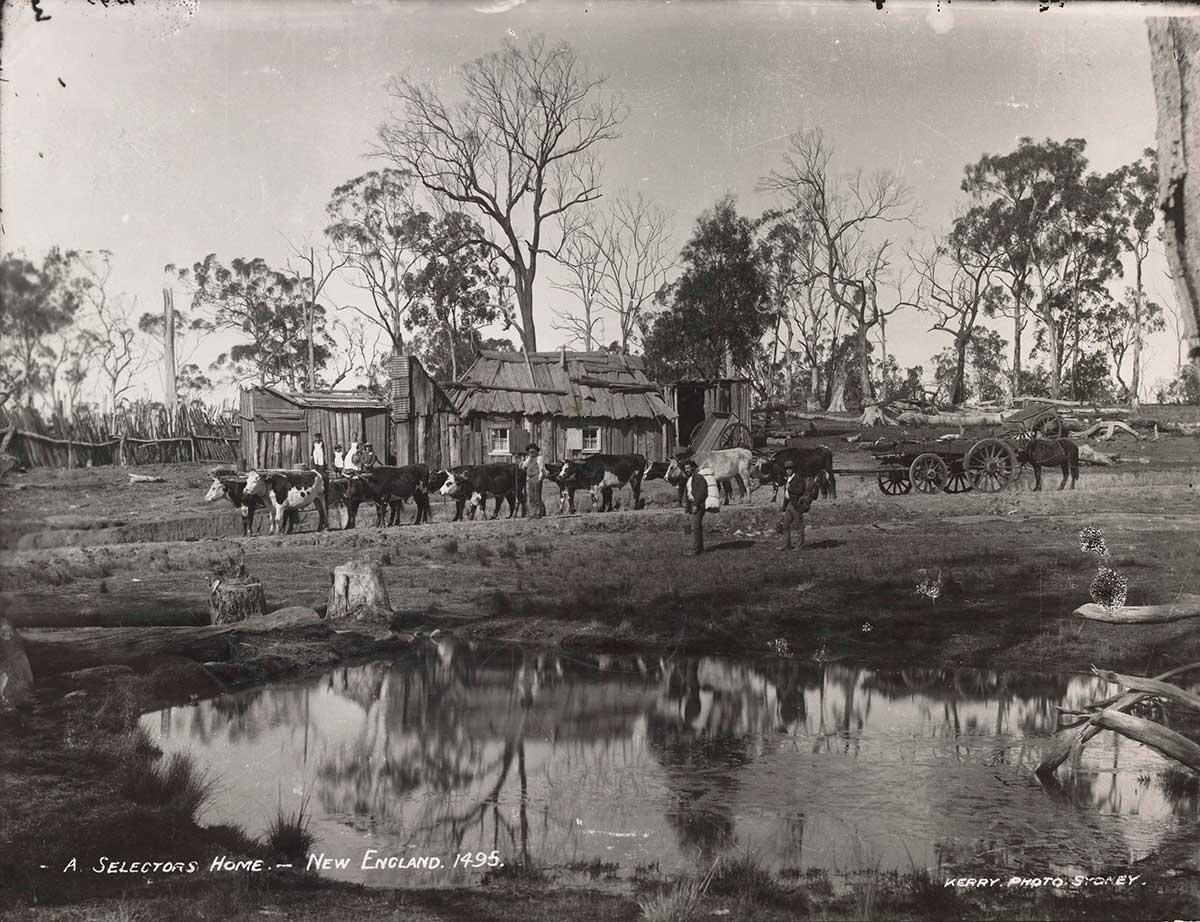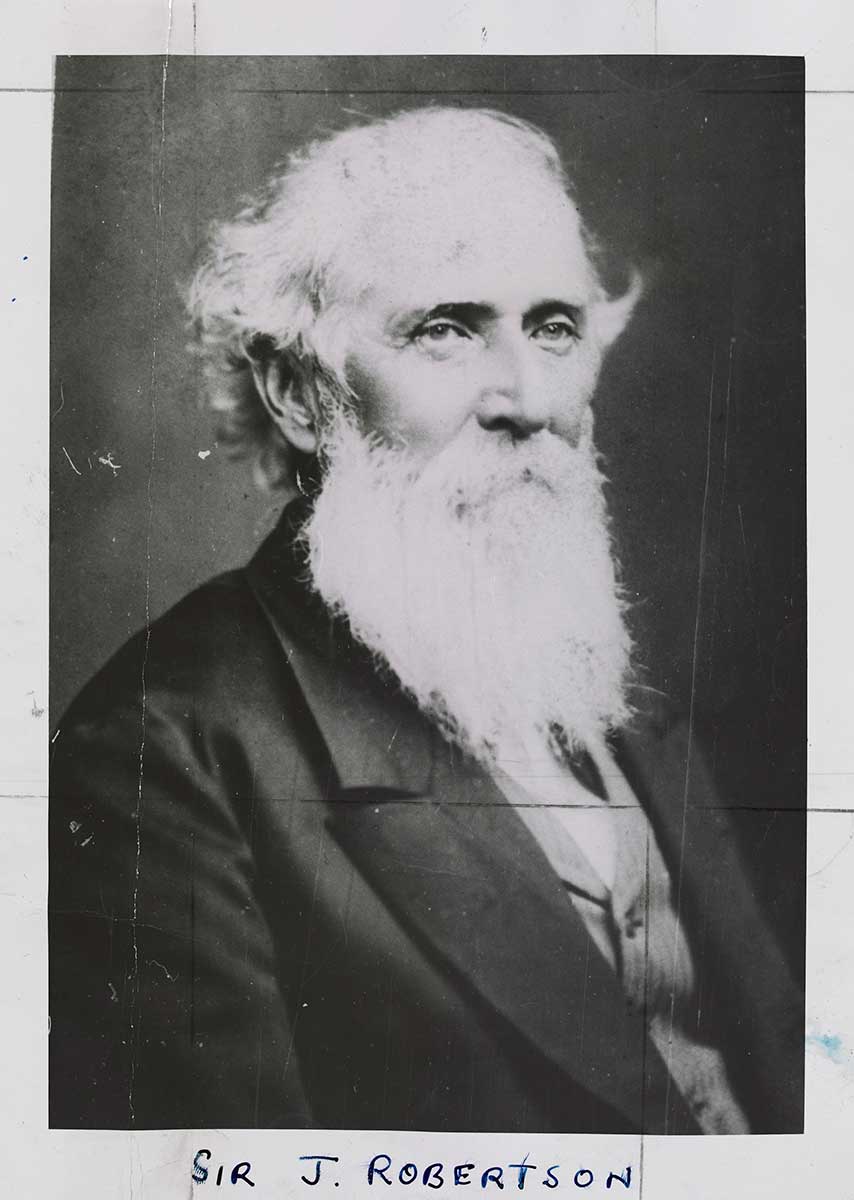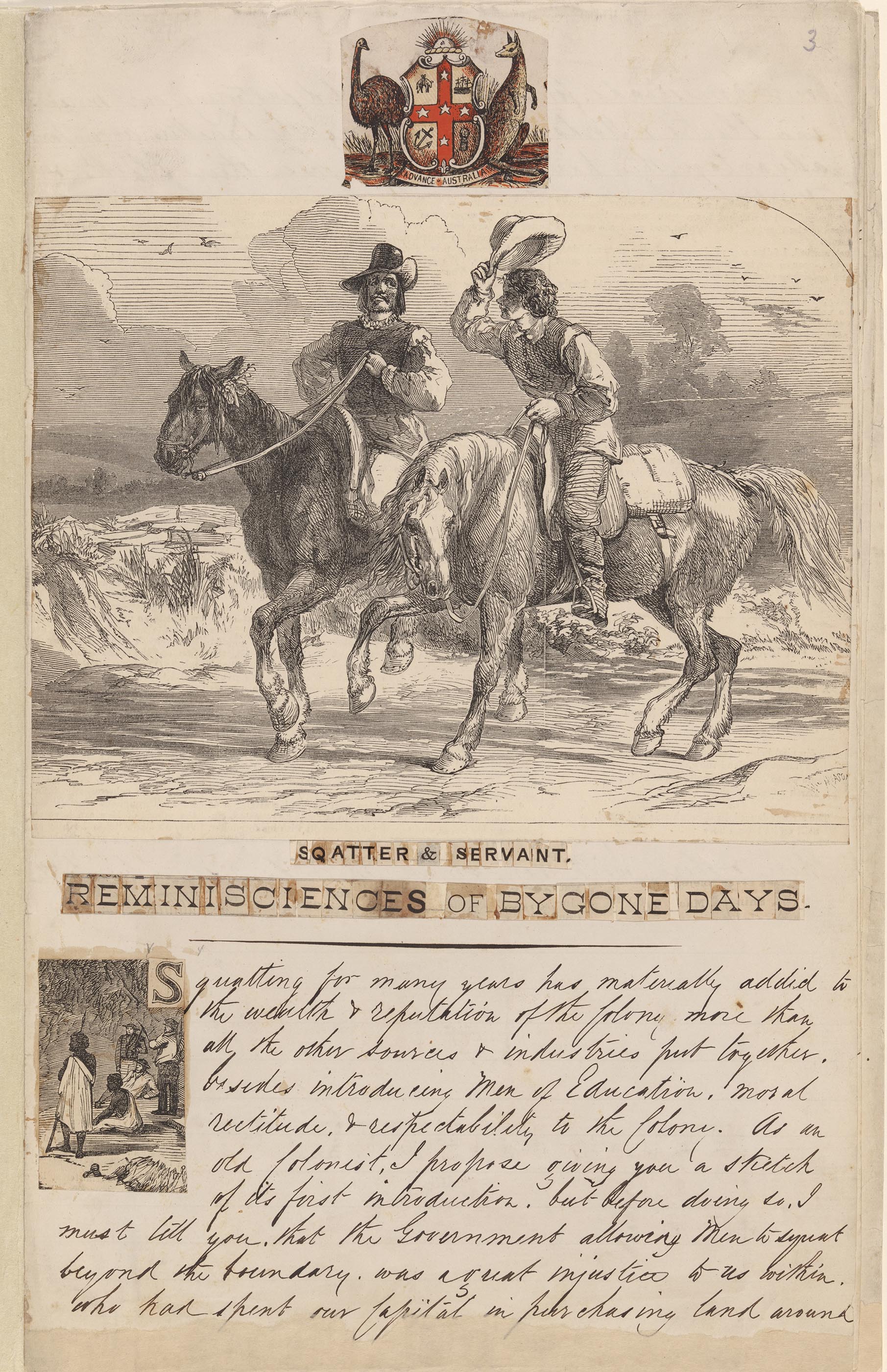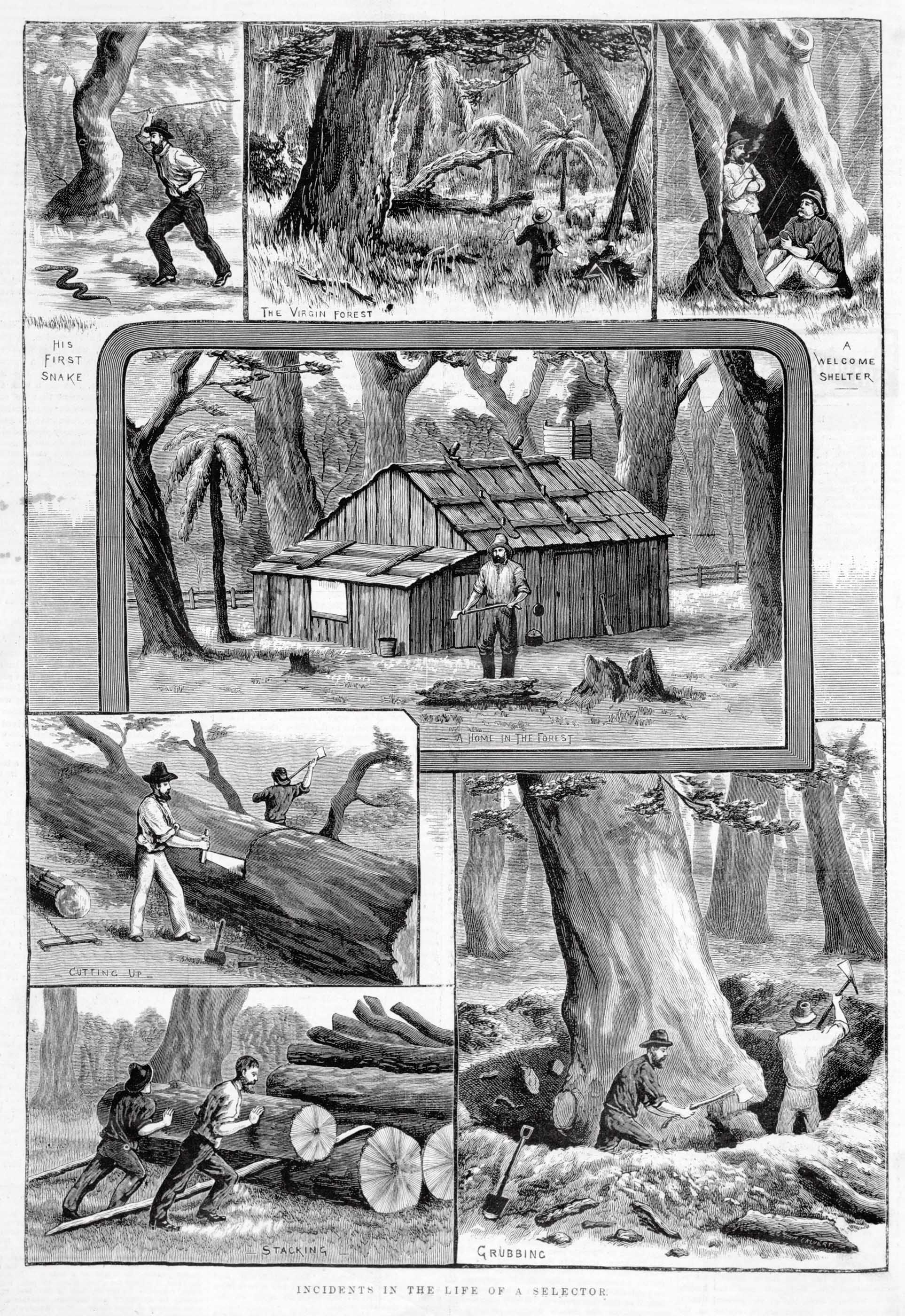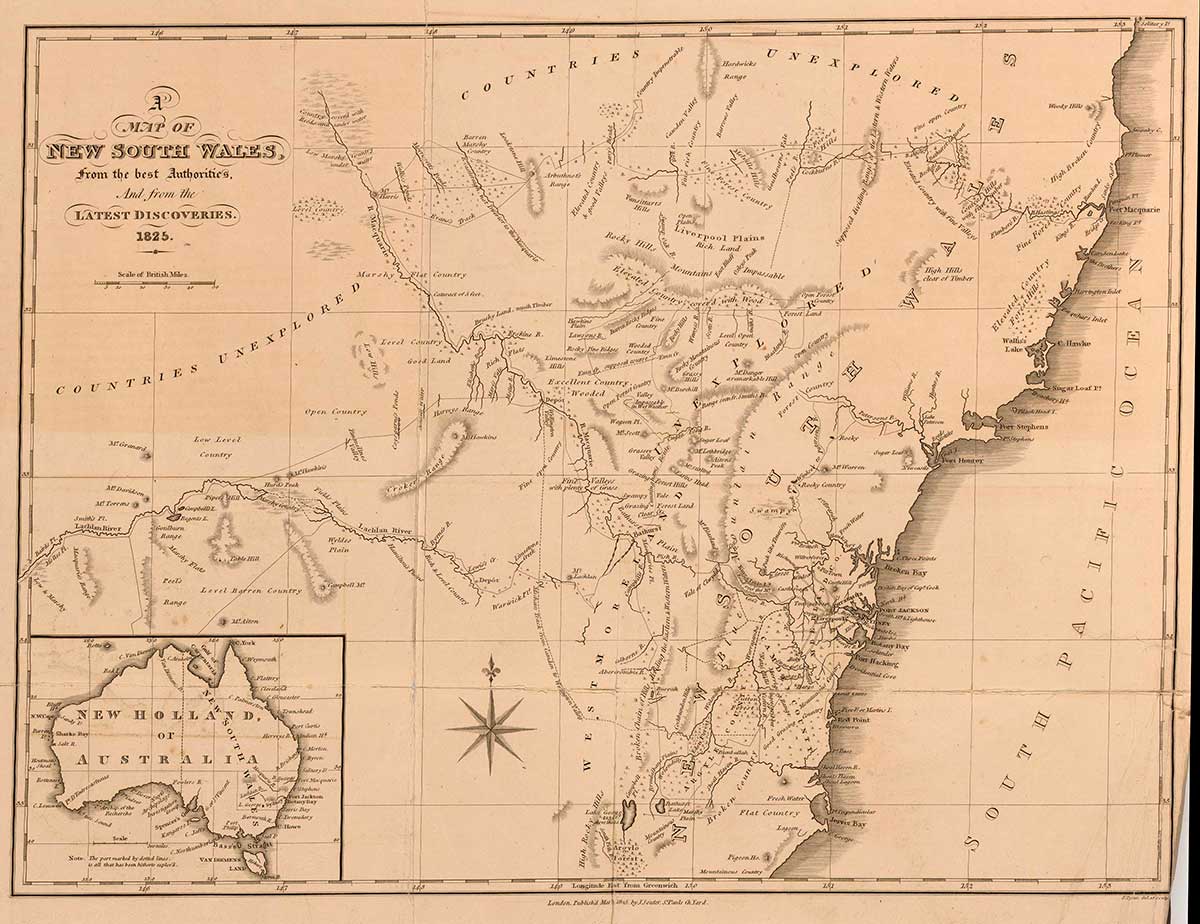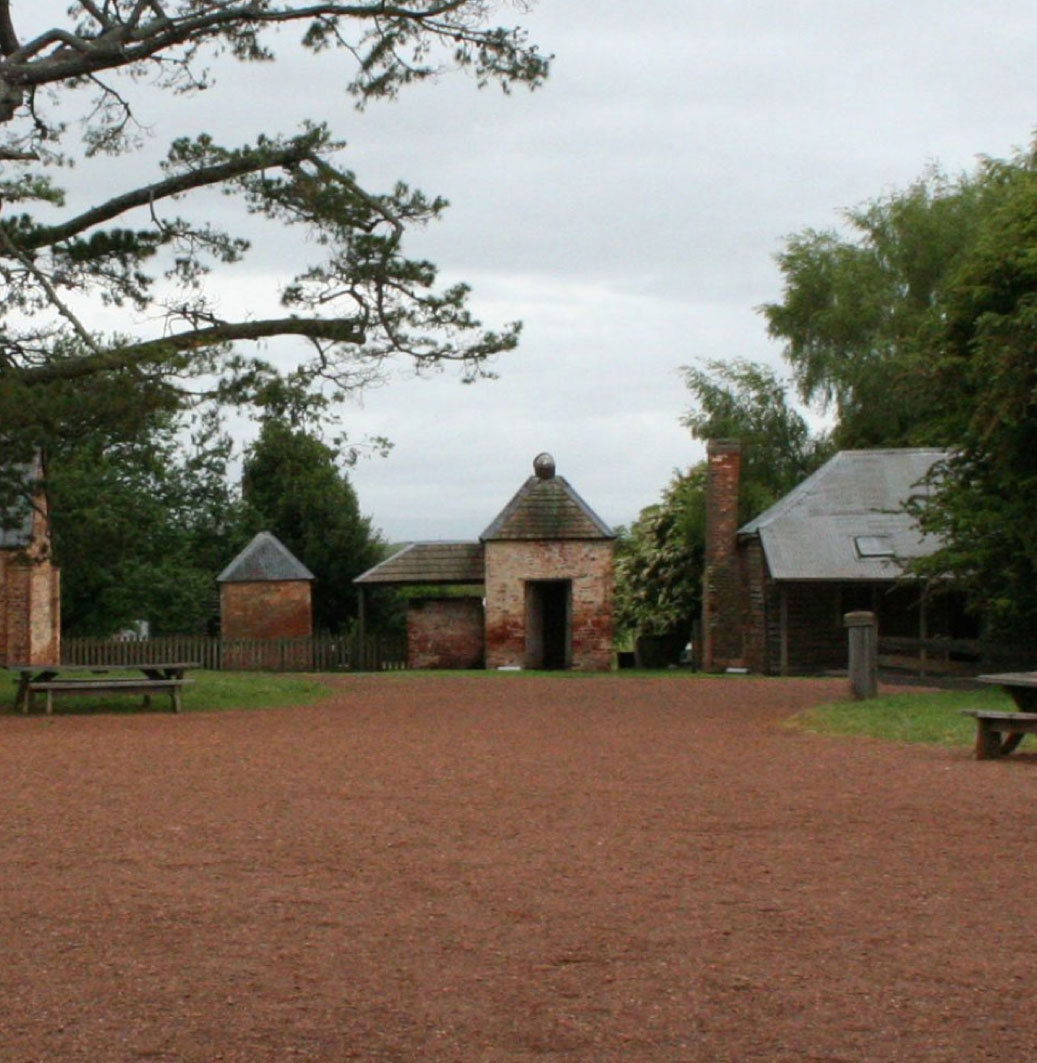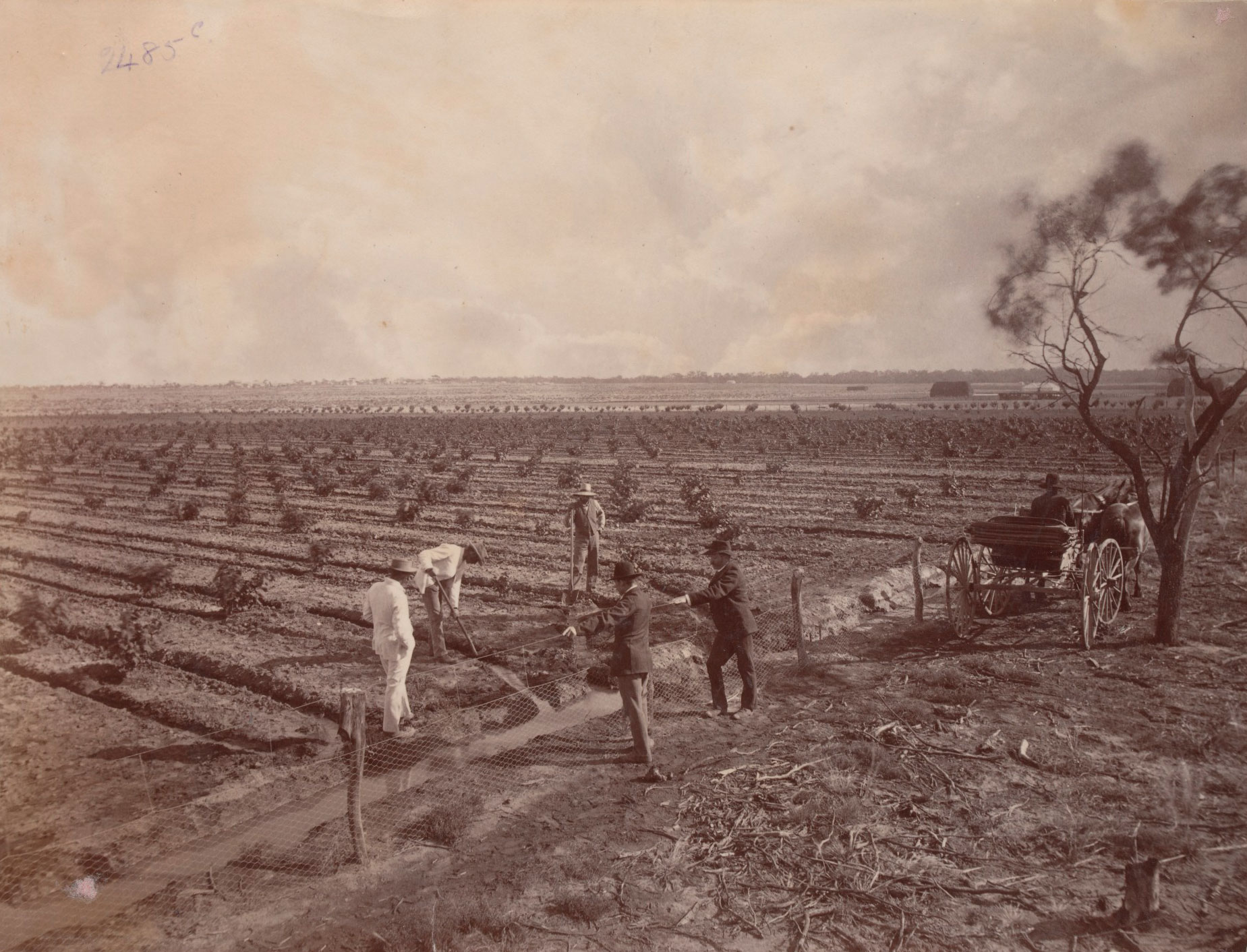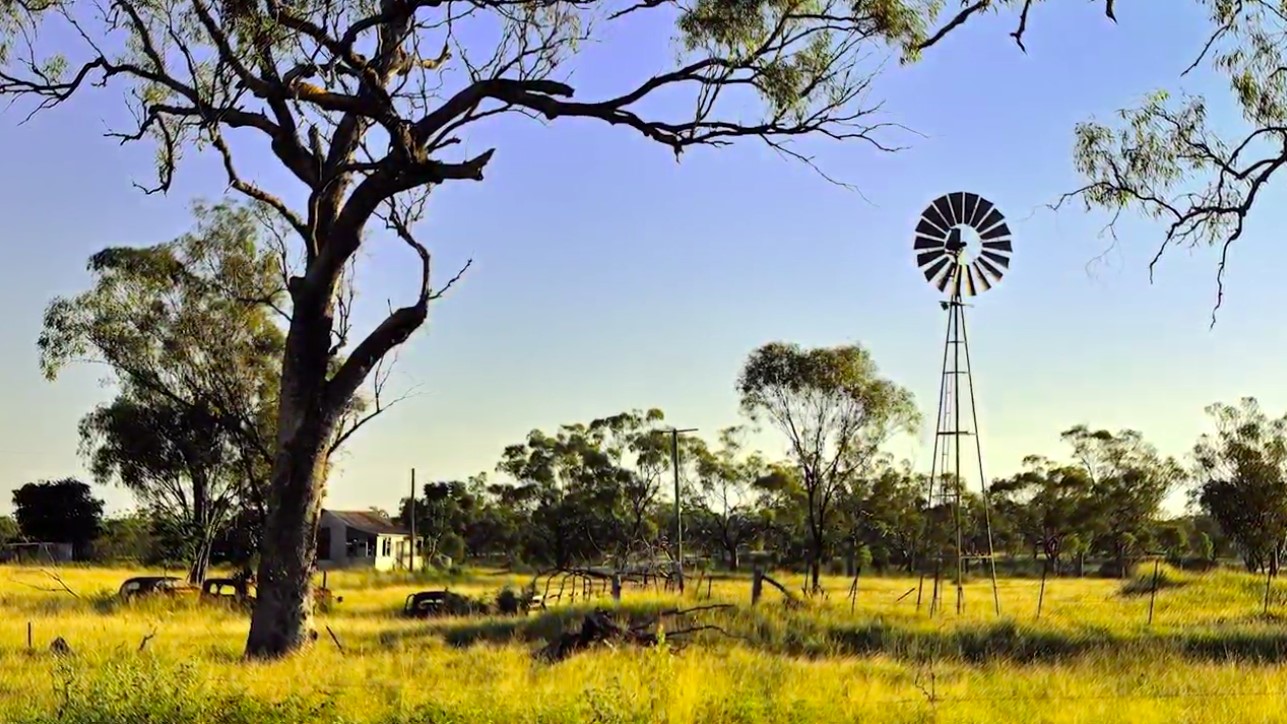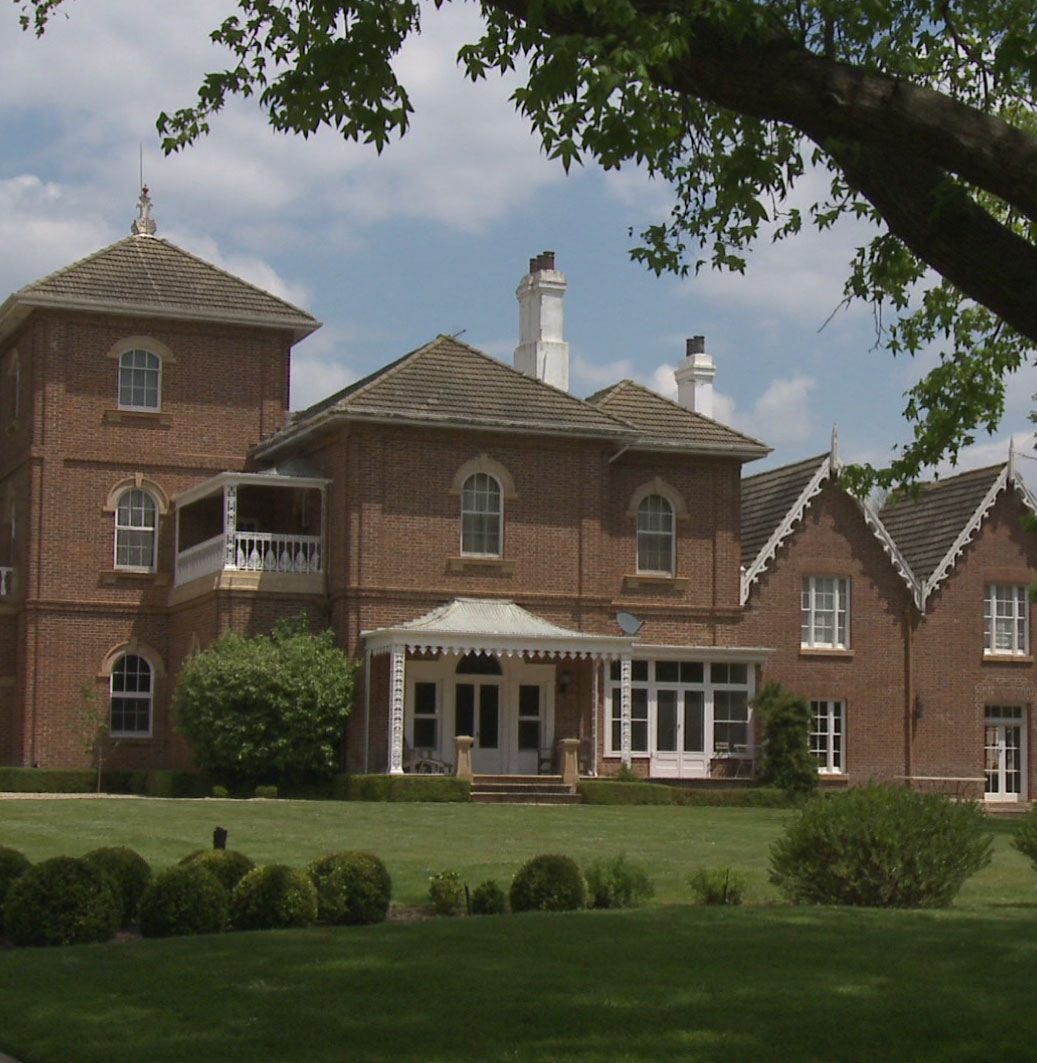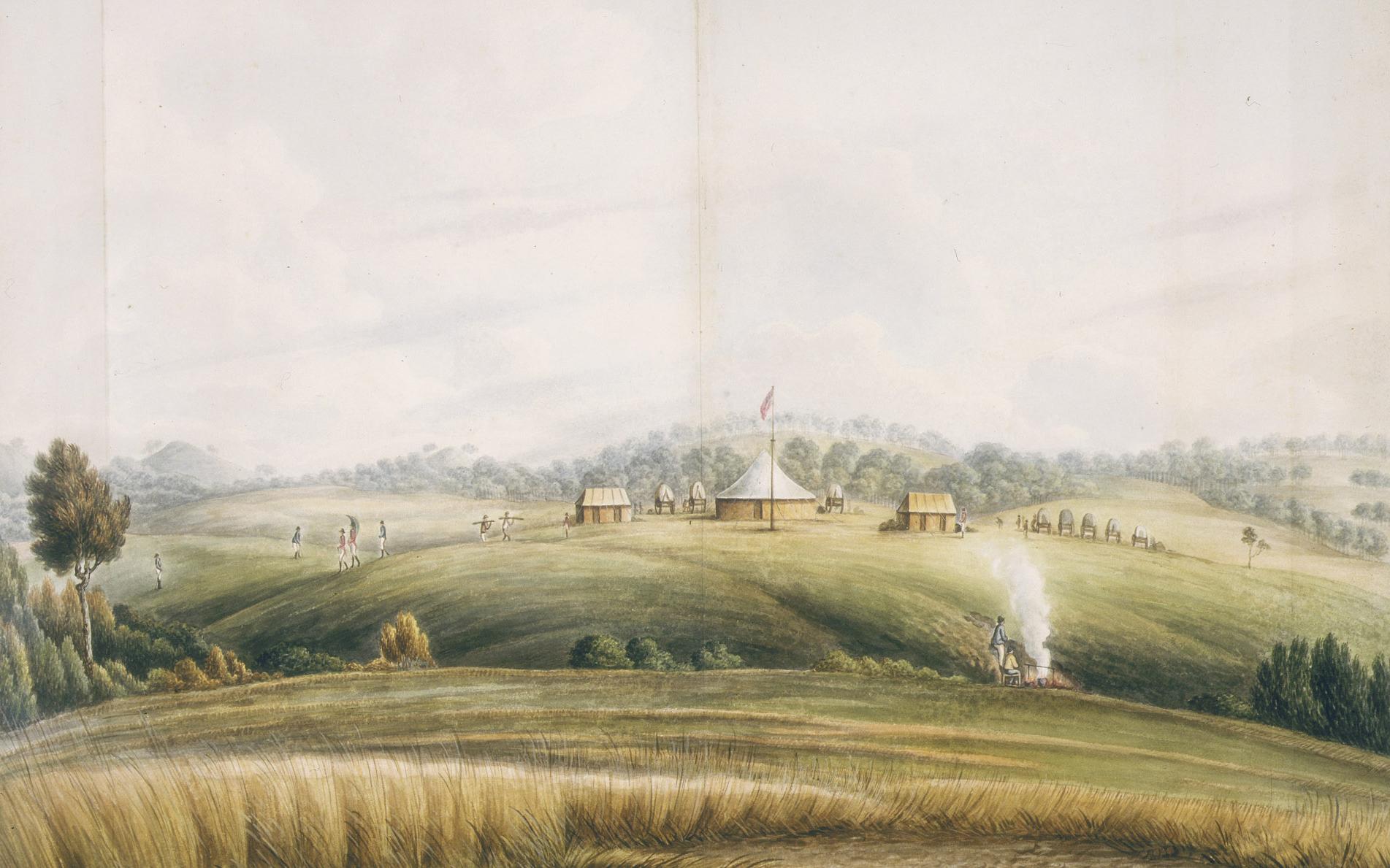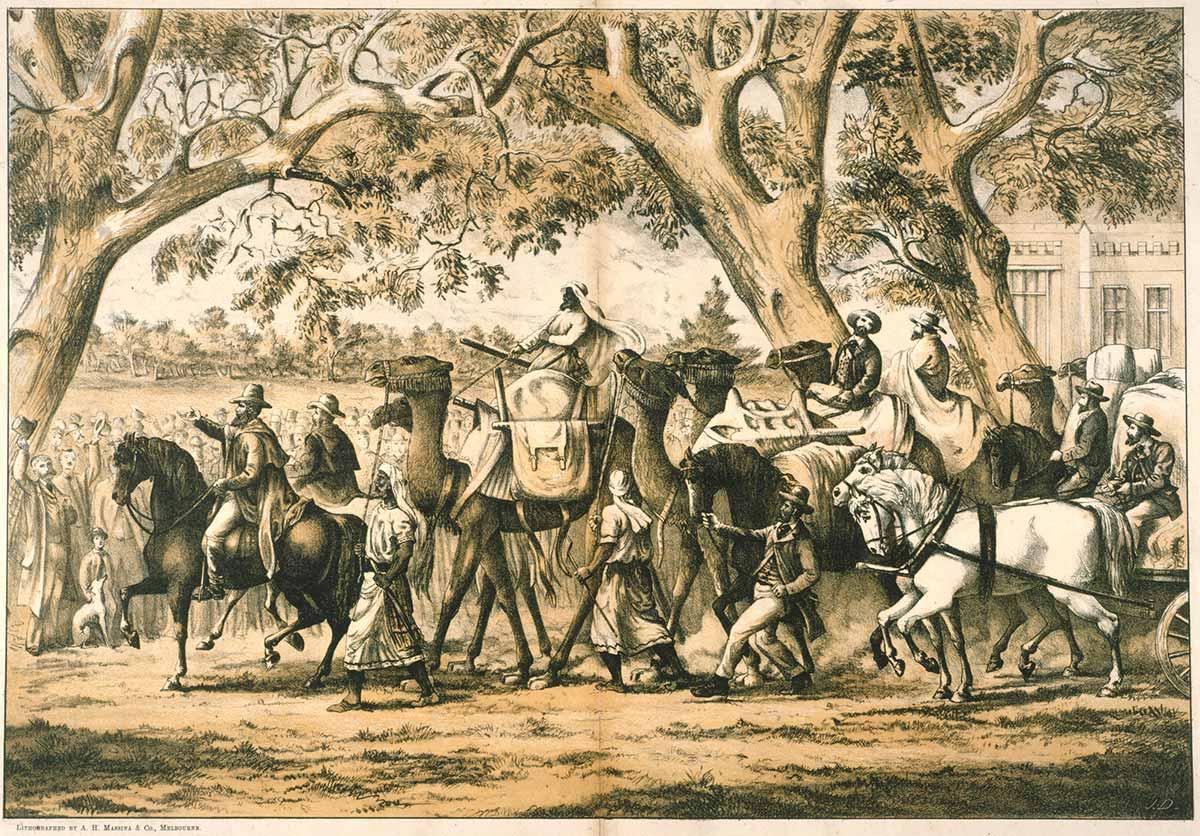Squatters and selectors
1861: Introduction of Robertson Land Acts in New South Wales
Squatters and selectors
1861: Introduction of Robertson Land Acts in New South Wales
Year level
Learning area
In a snapshot
The Robertson Land Acts, passed in New South Wales in 1861, allowed European settlers to legally buy and occupy ‘Crown lands’ (land owned by the government). Before this squatters illegally occupied much of the land beyond the 19 settled New South Wales districts. The Acts were meant to stop this while allowing the colony to expand. But it came at the expense of Aboriginal people who were increasingly forced off their traditional lands.
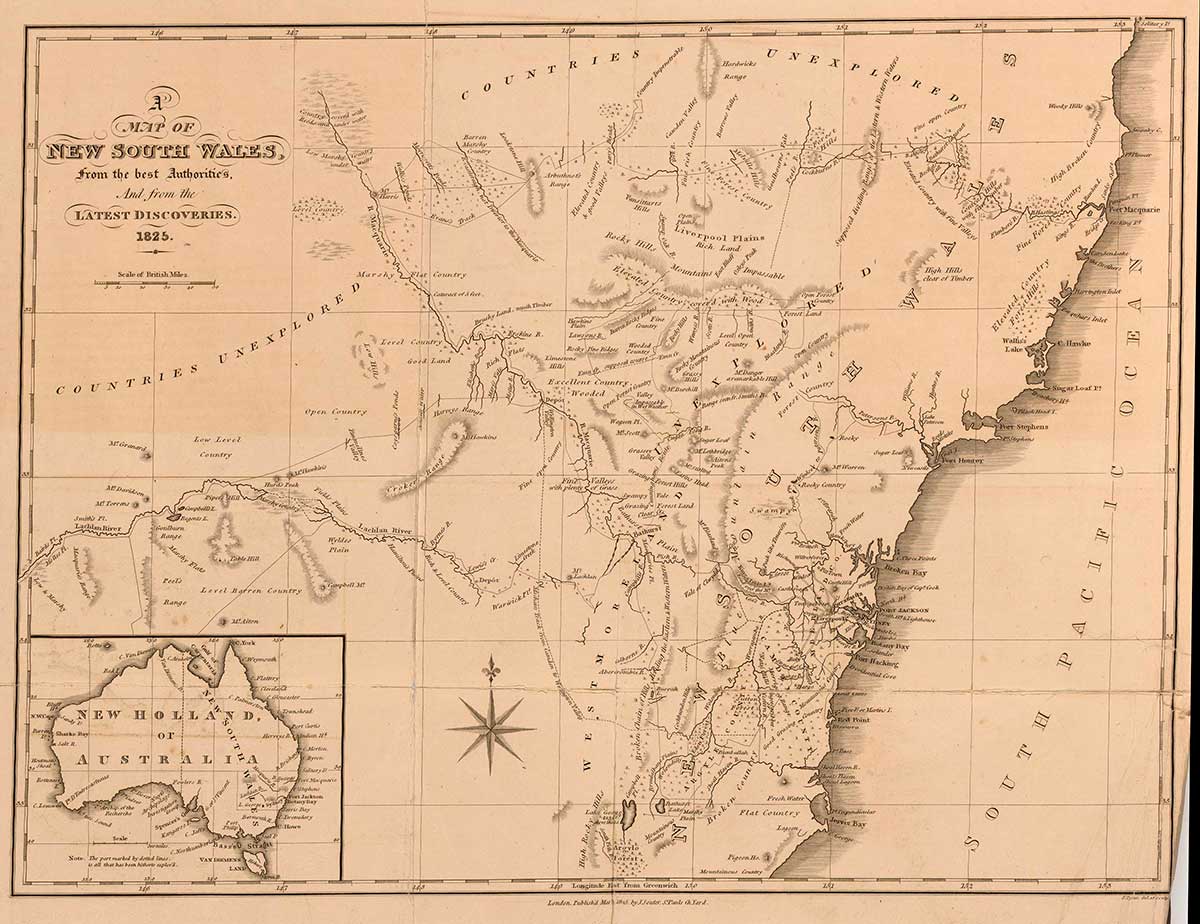
 Can you find out?
Can you find out?
1. What was the difference between squatters and selectors?
2. What was the main aim of the Robertson Land Acts?
3. What impact did the land Acts have on Aboriginal people over time?
How was European settlement in New South Wales first managed?
Britain used the legal principle of terra nullius (land belonging to no one) to justify occupying the land we now know as Australia. In 1770 Lieutenant James Cook declared that Australia belonged to Britain. In 1788 Captain Arthur Phillip proclaimed New South Wales the first British colony in Australia, becoming its first governor.
From 1791 Governor Phillip gave out free land grants to encourage Europeans to settle in the colony. Between 1810 and 1821 Governor Lachlan Macquarie, the colony’s fifth governor, brought in the leasing of Crown land.
A system of selling land was introduced in 1825 and free grants of Crown land ended in 1831. From then on land was sold only at public auction.
What were the Robertson Land Acts?
Many people were unhappy with the way Crown land was being managed in the colony.
In 1861 Premier John Robertson introduced two Acts in the New South Wales Parliament. Together the Crown Lands Alienation Act 1861 and the Crown Lands Occupation Act 1861 created a code for selling and leasing Crown land. These became known as the ‘Robertson Land Acts’.
The first Act allowed for the sale of town and suburban land by public auction. The second Act allowed for the leasing of Crown land. It allowed anyone in the colony to choose up to 320 acres (130 hectares) of non-urban land and buy the freehold for £1 per acre.
Research task
Australia was claimed under the legal principal of terra nullius. Find out more about what this meant in another Defining Moment: 1992 Overturning terra nullius – Mabo decision
‘These two acts held the aspirations of a generation. They promised to put the small man, the ‘poor man’, on the land. They promised to break up the big squatting runs and parcel the land into small freehold farms. The grail of wholesome farming seemed to be in reach.’

Who were squatters?
Before these Acts were passed, ‘squatters’ had illegally taken over large areas of so-called ‘unoccupied’ land outside the original 19 counties of New South Wales. They grazed sheep and cattle on this land and, as a result, they gained power, wealth and a high social standing.
Robertson intended that the Acts would stop the squatters from doing this and also make it easier for working-class citizens to buy and own land.
The two Acts allowed anyone to freely ‘select’ Crown land, and the new group of small landowners came to be known as ‘selectors’.
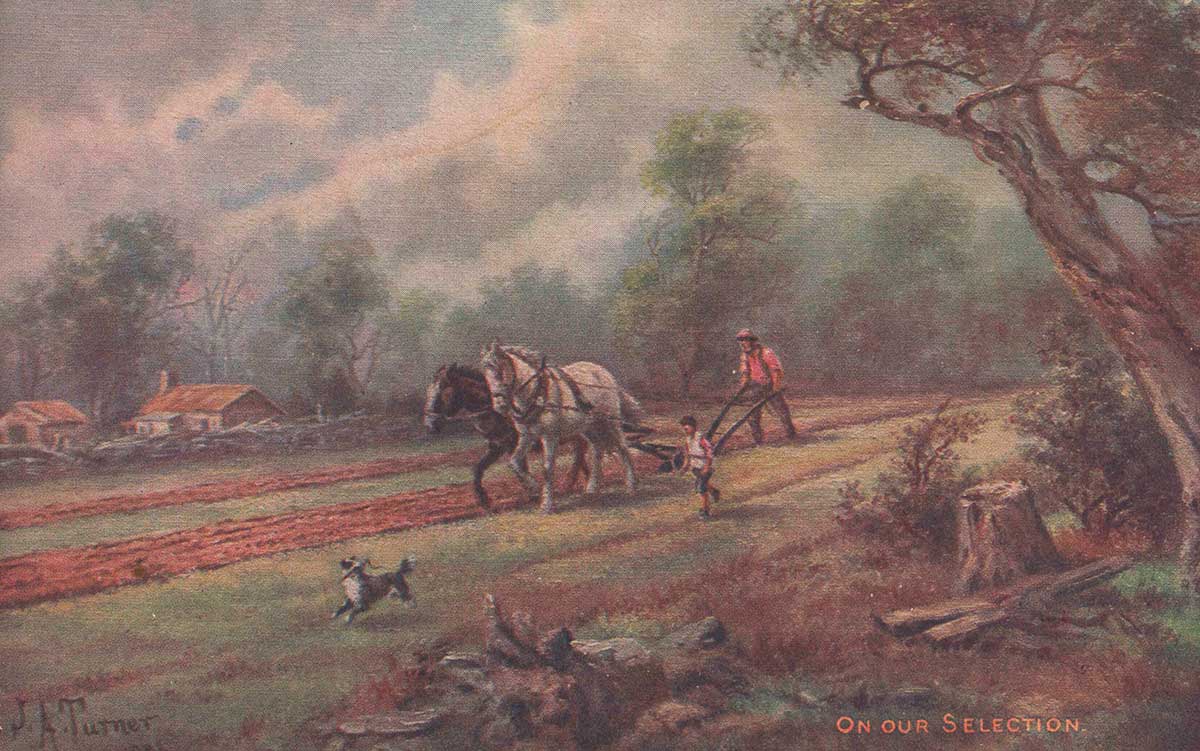
What were the negative consequences of the new land Acts?
The land Acts caused disagreement between squatters (who believed the land was rightfully theirs) and selectors (who used the new legal processes to buy land). Many squatters who had set up farms felt that the Robertson Acts threatened their livelihoods.
The Acts also led to more Aboriginal people being forced off their traditional lands.
Research task
Do some research to find out more about New South Wales Premier John Robertson and why he introduced these laws.
How successful were the land Acts?
Historians differ over how successful the land Acts were.
But, taken together, these Acts made a big impact on land ownership, because selection (the legal purchase of Crown land) increased after the Acts were brought in. This helped the colony to expand beyond the formally settled urban areas, although this came at the expense of local Aboriginal people whose lands were increasingly occupied.
Read a longer version of this Defining Moment on the National Museum of Australia’s website.
 What did you learn?
What did you learn?
1. What was the difference between squatters and selectors?
2. What was the main aim of the Robertson Land Acts?
3. What impact did the land Acts have on Aboriginal people over time?






